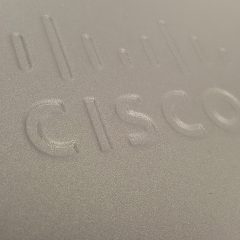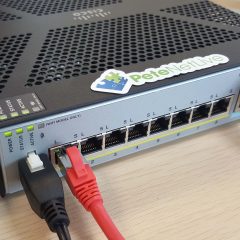Reimage Cisco 1010 ASA to FTD
KB ID 0001677 Problem Sorry it’s taken me a while to get round to this, every time I do some work on the firewall I need to kill the internet at home, and I’ve got a wife and two daughters, who live online! So if you follow the site you will know I’ve got a Cisco Firepower 1010 device, and I’ve been looking at it running the ASA code. Now here’s how to ‘re-image’ the device with the FTD...
Cisco ASA – Changing the Outside IP Address
KB ID 0001081 Problem I see this question get asked a lot on forums, most people never touch the firewall, ‘if it’s working leave it alone’. And that’s great until you move offices, or get a newer faster (or cheaper) Internet connection. What if you have lots of public IP addresses? What if you have VPN’s (or AnyConnect clients). What’s the best way to do this with a minimum of downtime? Note: If...


